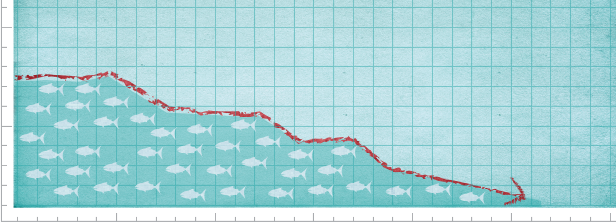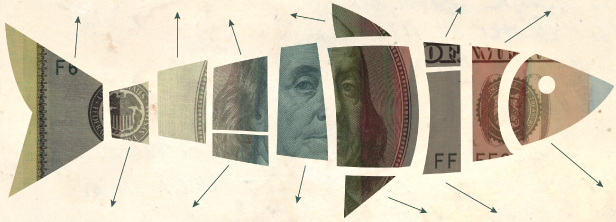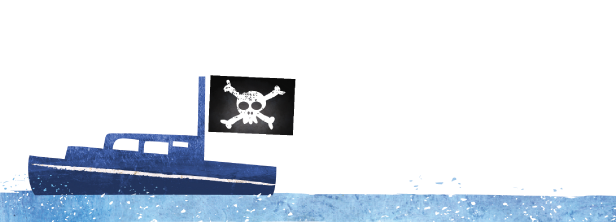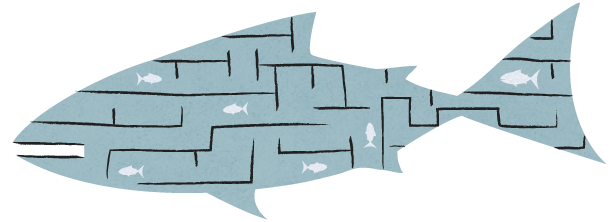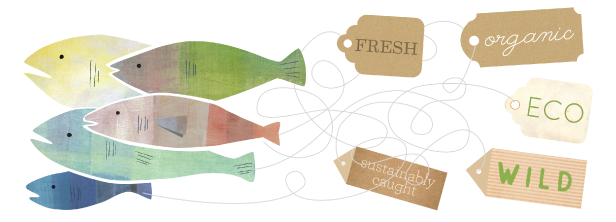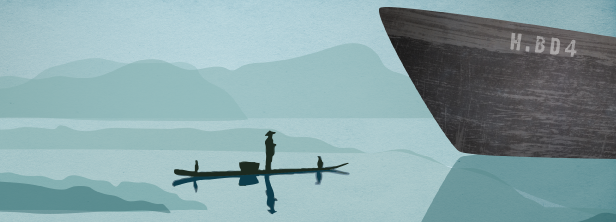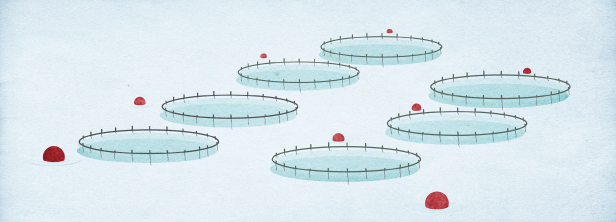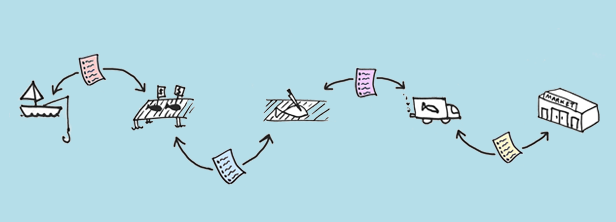Fish 101: Overfishing
Too many boats catching too many fish Large commercial fishing vessels more closely resemble space ships than boats. Wall-to-wall electronics allow captains to “see” beneath the surface to find ever-scarcer fish. The same technology enables boats to deploy huge nets, miles of line, and thousands of hooks, making it possible to catch an entire school of fish—and everything else in the way—in one pass. After emptying the waters in one region, boats simply move to another. This is overfishing: the serial depletion of fish…


